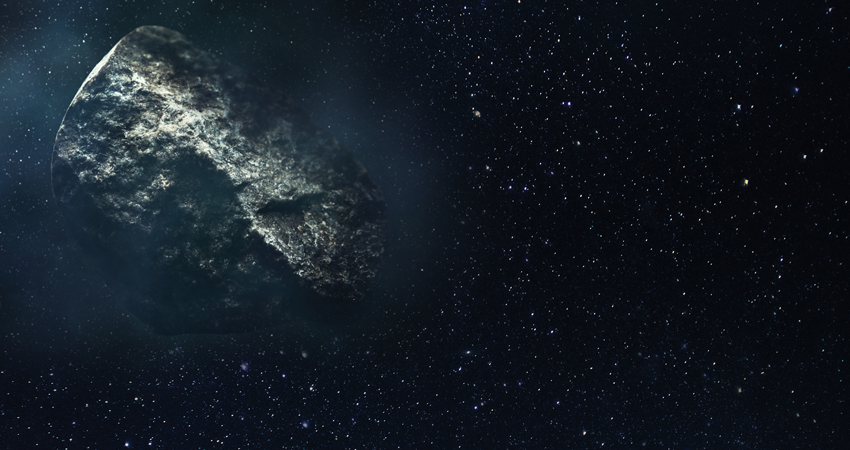Exploring Space-Based Resources
Tumbling alone through the blackness of space, following a lonely orbit around the sun that cuts across the paths of both Earth and Venus, you will find asteroid Amun 3554.
At 2.5 kilometres in diameter—roughly the size of downtown Vancouver—Amun doesn’t seem like a particularly noteworthy celestial body. It’s among the smallest metallic asteroids ever discovered, and just another one of the more than 16,000 known near-Earth asteroids.
But there is something about Amun that makes it very interesting: that one little space rock may contain 30 times as much metal as has been mined in all of human history.
It’s been estimated that the composition of asteroids like Amun 3554 include massive percentages of iron, nickel, cobalt and platinum-group metals, with some early projections putting the total value of the metal in that asteroid alone at $20 trillion. Finding ways to tap into these cosmic cash cows is already spurring the formation of new companies and new investment in the growing—though still mostly theoretical—field of asteroid mining.
But why would anyone go all the way to space to find materials available right here on terra firma? According to Professor Scott Dunbar, head of the Norman B. Keevil Institute of Mining Engineering, the enormous cost and complexity of going to the asteroids, mining them, and then returning the metals back to earth make it an unlikely scenario. It’s much more likely that at some point in the future, asteroid mining would be used to provide the raw materials necessary for further space exploration or human colonization of space.
“The economics and practicalities of travelling to an asteroid and transporting metals back to earth have been discussed at length and they just don’t add up,” says Professor Dunbar, referencing a recent book that talks about the complexities of asteroid mining.1
Travel into space requires transporting rocket propellant, roughly 80% of the mass of a rocket. Getting back to Earth is easier because you would be leaving a microgravity environment. However, you would probably want to refine large amounts of ore before transport back to Earth, and current refining methods require gravity. Spinning a large, space-based refinery very fast would achieve gravity but also require energy. Given all these challenges, Professor Dunbar says that a more feasible scenario would be to use smaller amounts of the mined metals or minerals as part of a space habitation or exploration program.
Asteroids would provide a ready source of minerals and metals to build components for spacecraft or other space infrastructure, without the need to boost the building materials out of Earth’s gravity first. NASA is even examining the possibility of redirecting asteroids into new orbits around the Earth or moon, to serve as orbital sources of metals for construction.
Another major target for space-mining entrepreneurs isn’t ore at all—it’s water. Water extracted from asteroids could be used to create propellant for spacecraft or to support human life in space, essentially turning asteroids into refueling depots for human space exploration.
“And even if bringing asteroid riches back to earth isn’t likely, the breakthroughs spurred by space mining could have real-world applications,” says Professor Dunbar. He points to automated missions like the European Space Agency’s Rosetta probe as an example of the natural intersection between space exploration and ground-based mining. In 2014, Rosetta’s robotic Philae lander made the first touchdown on a comet. Those kinds of advances could ultimately lead to new approaches or technologies for how we mine here.
“Asteroid mining is an interesting idea, since pursuing it leads to possible innovation in Earth-based mining,” says Professor Dunbar. “For example, we likely won’t send people to asteroids, so there would be a high reliance on robotics and autonomy.”
To date, space mining is still in its infancy, with various start-up companies working to perfect probes that could better analyze the mineral content of asteroids, and identify the best targets for future exploration.
So for the foreseeable future, Earth-based mining will remain our best and only source of metals and minerals. And there may well never be an economic way to bring space-based resources back down to Earth. However, decades or even centuries from now, the future of space exploration may well depend on our ability to take the mining industry to the stars.

.png)

